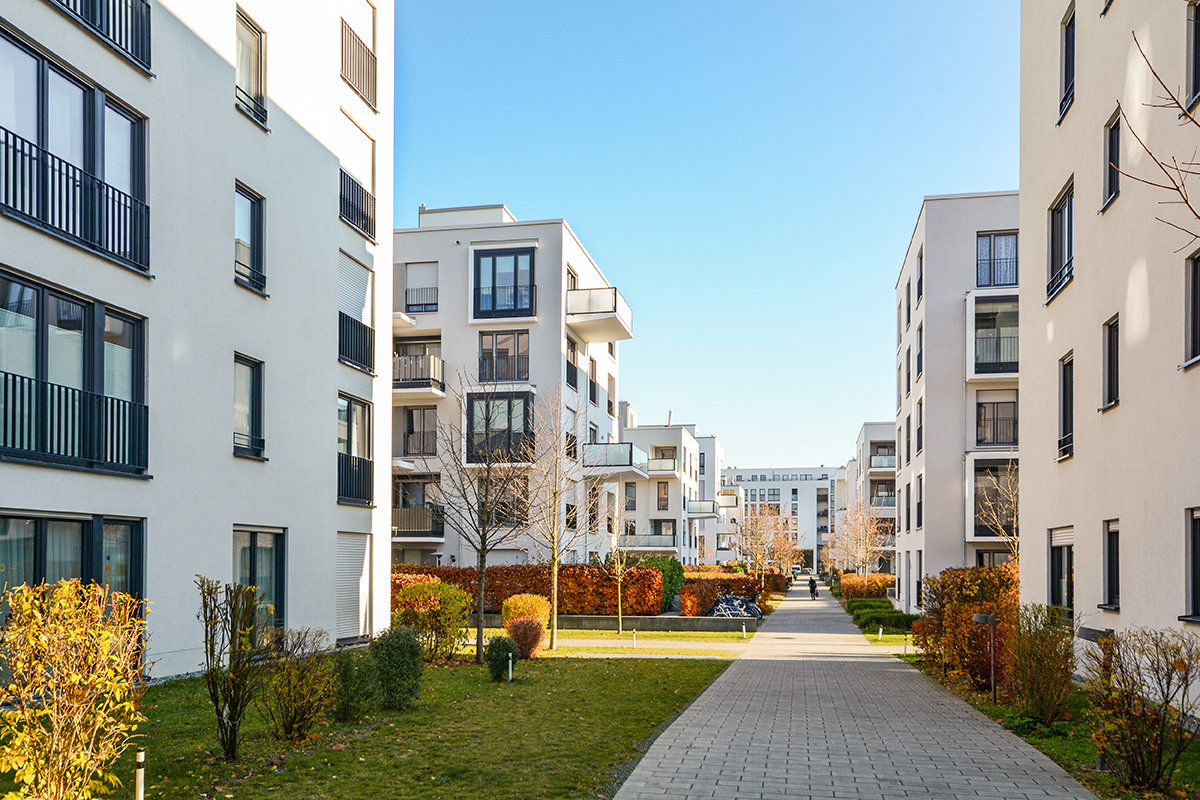The latest tech trends, especially the possibilities of robotics and automation, are truly mind-boggling. By amplifying human capabilities, they have the potential to revolutionize industries and transform how we work. They can save businesses money by reducing labor costs, improve accuracy for quality control purposes, replace humans in monotonous jobs, and operate continuously without fatigue or stress. Their unparalleled precision and speed make them a powerful tool that could completely disrupt the way we have traditionally done things – leaving us all marveling at their incredible potential!
Internet of Things
The technology of the Internet of Things (IoT) is being increasingly incorporated into everyday life in curious and unique ways, providing both convenience and efficiency. IoT enables objects to be connected to the Web, permitting them to exchange valuable data among each other and interpreting it for meaningful uses. This data can subsequently be used as triggers that lead to automated activities, thus eliminating the need for manual labor. There are a number of applications in which this technology can be employed, such as Security systems, smart homes or factories.
The potentials of IoT are limitless; consequently creating new opportunities for businesses that want to shape groundbreaking products. It has now become possible to control devices from afar by using either voice commands or custom-made apps specific for each device. Moreover, all collected sensor information can generate fresh ideas while alerting us on events within our environment and user trends – greatly benefiting end users through improved automation and usability but also increased safety levels.
Augmented Reality and Virtual Reality
The idea of augmenting one’s view of the world with digital imagery has skyrocketed in popularity over the past ten years, with Augmented Reality (AR) being the buzzword used to describe this concept. AR provides users with a layer of digital information on top of their physical environment and can be utilized for navigation, tourism or any number of activities that require further Understanding. Conversely, Virtual Reality (VR) is an entirely synthetic environment where users Transport themselves to completely different settings; from educational experiences to entertainment options – VR is increasingly allowing people to explore existing environments without ever leaving their homes.
Cloud Computing
The cloud has revolutionized the way organizations manage and store data, providing a cost-effective solution that offers flexibility and access from anywhere. However, it is paramount to pay attention to security measures – such as AES 256 bit or higher encryption and ISO compliance standards – when leveraging this technology in order to ensure that sensitive data remains safe from unauthorized access.
